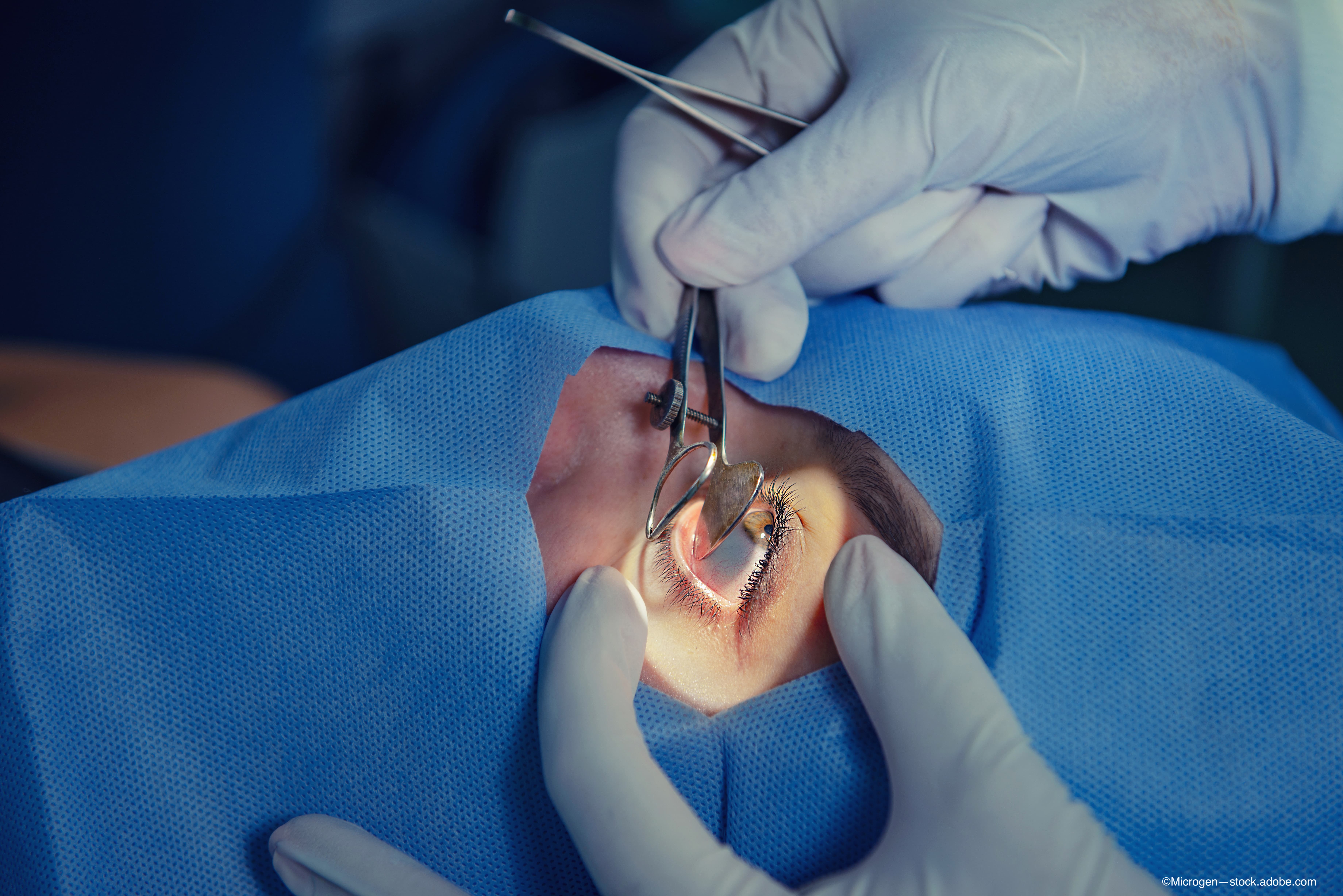Black-and-white filters optimize visualization during cataract surgery
While the surgeons reported that the BW filter provided higher contrast during nucleus and viscous removal and posterior capsular polishing, they subjectively reported no significant advantage of using a BW filter.

French and Egyptian investigators, led by Dr Otman Sandali collaborated to evaluate the use of black-and-white (BW) filters to optimize visualization during all phases of cataract surgery when using digital three-dimensional visualization systems. While the surgeons reported that the BW filter provided higher contrast during nucleus and viscous removal and posterior capsular polishing, they subjectively reported no significant advantage of using a BW filter.1
Dr Sandali is affiliated with Centre Hospitalier National d’Ophtalmologie des XV-XX, Research Team 968, Institut de la Vision, Pierre & Marie Curie University Paris 06, Paris, and the Service de Chirurgie Ambulatoire, Hôpital Guillaume-de-Varye, Bourges, France.
“Good visualization during surgery is essential to ensure the safety of procedures,” the authors wrote. “There are certain conditions such as corneal opacities, corneal oedema, and poor red reflex perception that can decrease the quality of visualization.”
Evaluation of BW images
The authors conducted a prospective study that included the first 40 patients undergoing phacoemulsification for grade 2 and 3 cataracts at Guillaume de Varye Hospital in January and February 2022. Twenty-six eyes underwent a phaco-chop technique and 14 eyes a sculpting technique.
The surgical images and videos were recorded with and without the BW filter at each stage of cataract surgery: before the incision was created and during the capsulorhexis, nucleus sculpting, fragment removal, cortex aspiration, posterior capsule polishing, and viscous removal.
The BW filter was applied preoperatively by decreasing the saturation of the digital camera from 90% (standard colour) to 0; the filter was removed when the quality of the visualization was considered insufficient at any time point, they explained.
Two surgeons analysed the images and videos recorded with and without the BW filter and they rated the quality of tissue contrast at each surgical stage using a scale of 1 to 3, with 1 indicating worse, 2 no significant difference, and 3 better. The surgeons determined their preferences for use of the BW filter or standard colour images.
Perception of BW image quality
They found that the BW filter changed the natural colours. The red reflex was light bright grey and the nucleus light grey and more transparent. The cataract opacities, capsulorhexis contour, nuclear grooves and fragment contours were dark grey to black.
The corneal opacities and peripheral gerontoxon were less visible with the BW filter, conjunctival vessels disappeared, and in cases of bleeding the blood was “barely visible” and slightly grey.
The colour images showed better contrast of the limbal area, making the incision easier to create.
The BW filer optimized tissue visibility for the capsulorhexis contours, the contrast of the instrument ends through the nuclear tissue, and subincisional cortex contrast through corneal oedema.
The BW filter optimized hydrodissection fluid wave perception.
While the BW filter did a good job with image contrast during nuclear removal, capsule polishing, and viscous removal, the surgeons felt that the contribution of the filter was not significant.
Finally, the contrast between colour images and BW images did not differ substantially during the nuclear sculpting.
The researchers concluded that the BW filter has potential use during certain stages of cataract surgery and that the BW filter could be used, with caution, in cases of poor visualization especially during capsulorhexis, hydrodissection, phaco-chop, and subincisional cortex removal sequences.
